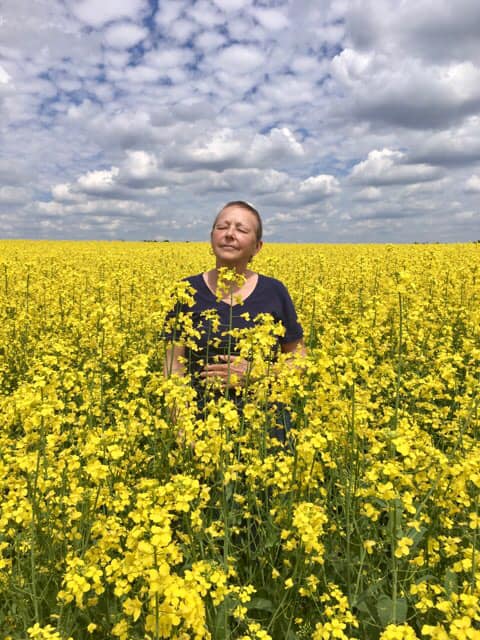
Inside the Treasure House II
 I offered a summer pop-up women’s Writing Life women’s writing circle recently on the theme of “Inside the Treasure House.” It’s a theme I’ve used before, and thought it a good time to revisit and acknowledge our gifts.
I offered a summer pop-up women’s Writing Life women’s writing circle recently on the theme of “Inside the Treasure House.” It’s a theme I’ve used before, and thought it a good time to revisit and acknowledge our gifts.
In the circle, we are honoured for who we are and in the midst of busy lives, have a chance to slow down and be with what is. Especially in the chaos of summer, the circle is a welcome place for grounding and centring. (What chaos, you may ask, isn’t everyone at the beach?!)
It was the subject of museums that led me to the theme of “treasure house.”
While our own provenance holds many treasures in the way of gifts, talents, and experience, there are also old wounds, the memories of which rise to the surface when we are sitting still.
Oh pilgrims on your way to Haaj
Where are you going?
Your Beloved is here
Come back, come back
Did you know, you suffering
is your treasure?
Alas, you are the veil
covering your treasure.
From Rumi’s Gift Oracle Cards by Ari Honarvar (Red Feather, 2018)
“Rather than avoiding suffering, it is through integrating and healing our wound that we become more spacious and more capable adults,” Ari Honarvar writes. “We can then see that gift of suffering for what it truly is. Why do we try so desperately to run away from our treasure? It is time to unveil our Beloved and unite with our true nature.”
During our daily lives, we may have developed mechanisms and habits to protect the wounds. Ari Honarvar says: “We don’t realize that this habit not only prevents the wound from breathing and healing. It also closes us down to life.”
Grief also has a way of being present when we sit still. In the case of my late friend, Andrea Bird, she learned to turn toward living with dying. That’s Andrea in the photo above, taken by Tania Willems, May 2022.
The last handwritten note Andrea sent to me was written on November 16, 2023 in a card called “Now and Forever.” The painting on the card is by Mary Karavos and Andrea, who I called Birdie, underlined the title beside her signature: “Love Birdiebee.”
The “bee” part of her name was because she worked in encaustic also selling wax supplies to other artists. Her teaching had stopped with a cancer diagnosis and her painting slowed down. Birdie did though want to put in a last effort to put her poems into a collection as well as images from a painting she did. The collection became ART/iculate: a light in the dark designed by my partner my partner Sarah Clark and published under her imprint, house of appleton.
In her November note, Birdie said her younger son Conor had taken her out to lunch the day before. “It was so good to see him & I cried as I told him about the spread to my liver + lungs & also the doc saying ‘months.’ She’s an alarmist but I also trust her judgement, so am letting it in with a dash of salt. Who can say?”
While Birdie wrote about having lunch with her son, she rarely wrote about events – rather about feelings. Sometimes she included a poem by someone else or one she had written. When I still lived in Ontario (almost twenty years ago), Birdie and I led women’s retreats in Elora, Ontario. We’d write in a circle where there was always time for one more poem, create art (including encaustic) from boxes of collage supplies, and we’d dance. Another of Birdie’s names was Dancing Bird.
She lived more than six years following her Stage 4 cancer diagnosis. (It may have been more as Birdie visited Sarah and me in 2016 and it was soon after she went home to Ontario following a great adventure, that she received the diagnosis.)
“I think my beloveds have had me Here for 6 + years (since stg. 4) that I & them have trouble grasping that the end is in sight. During one of my mushroom trips I saw snow on the Grand, as if I were a bird flying over our house & I knew that I had just died & Dan was here on his own & was OK. That’s all I remember,” Birdie wrote in her November note.
Birdie and her husband Dan were waiting for the first now to fall – “again, something tells me I may not see another spring but I’ve felt like this for years now . . . I guess I’m a little in denial, or complacent – But how else am I going to be?”
She was excited to be working on her poetry book as it offered an “alternate focus – even though all the poems are about living with dying.” She was “a little nervous” too and wrote “but it’s a good time. If not now, when?”
In her November note, Birdie made note of Andrea Gibson’s poetry as she had appreciated her long poems plus a “few short zingers, like ‘let your heart break so your spirit doesn’t have to’ or something like that. That’s how I feel these days.”
Birdie had the quote above, right. I just checked it and saw that Andrea Gibson posted a substack in June about the cancer she has been living with, progressing.
Here’s an excerpt from “Untitled” by Andrea Gibson:
But I did not meet this life until I met its brevity.
Did not meet my voice until I knew every word
could be my last. I did not know what prayer was
until I started praying for what I already have.
Birdie sent me handwritten poems in some of her notes. One of them was from May 2021 and began “I know what / unattended sorrow is . . . “ She included it her book ART/iculate: a light in the dark with the title “The song.”
The song
I know what
unatttended sorrow is:
a lump in the throat
we swallow
an ache in the chest
we ignore —
a tendency to
turn away
from what is difficult.
We do this at our peril.
I want to know
what attended sorrow is:
the song of that lump
in the throat,
arising and falling away.
Tending the grief point
beside the heart,
touching
it with mercy
Turning toward.
Turning toward.
Andrea Bird (February 20, 1961 – May 10, 2024)
Birdie was helped by others’ poetry. “The words they spoke settled in me, anchored me to be here and now – inviting me to be present for this life,” she said in her book.
All the images in ART/iculate are from a commissioned painting of Andrea Bird’s called ”The Dance of Life.” She invites readers “into this dance between the words and the art.”
To have a look and to order, you can visit Sarah Clark’s online shop here.
And as Birdie remembered from our circles together, there’s always time for one more poem. This one is an excerpt:
There is a gift inside you
Do not let it gather dust in a far closet
Unwrap it carefully
With your arms wide open
From “Blood and Honey” by Tanya Evanson (Nouveau Griot, Frontenac House, 2018)


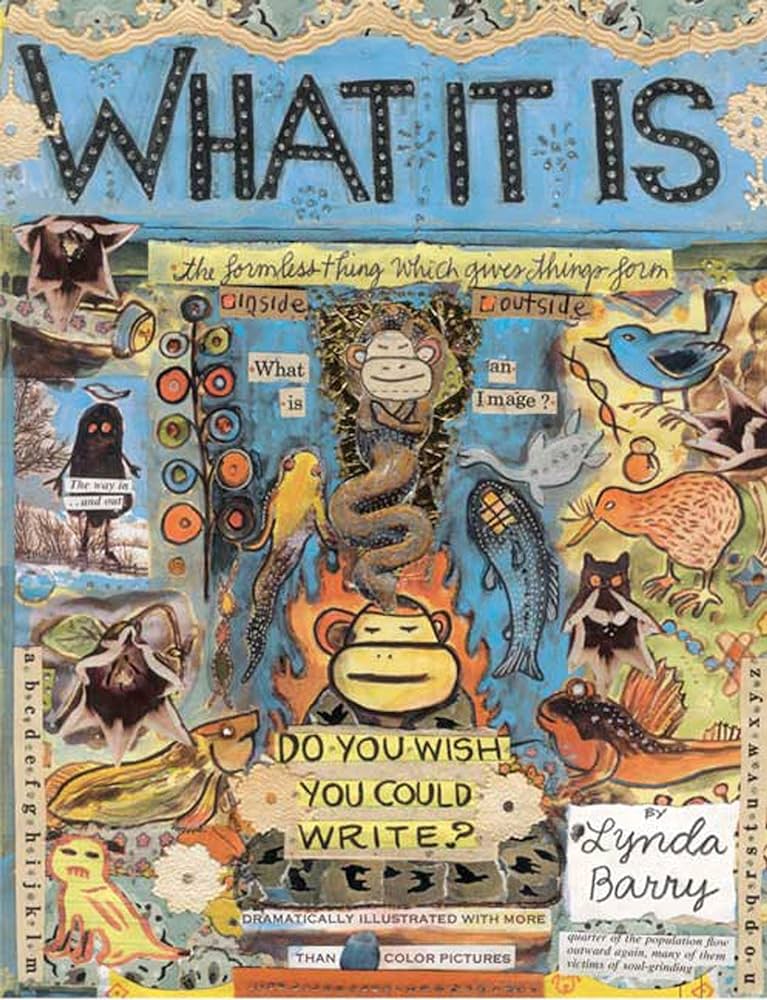
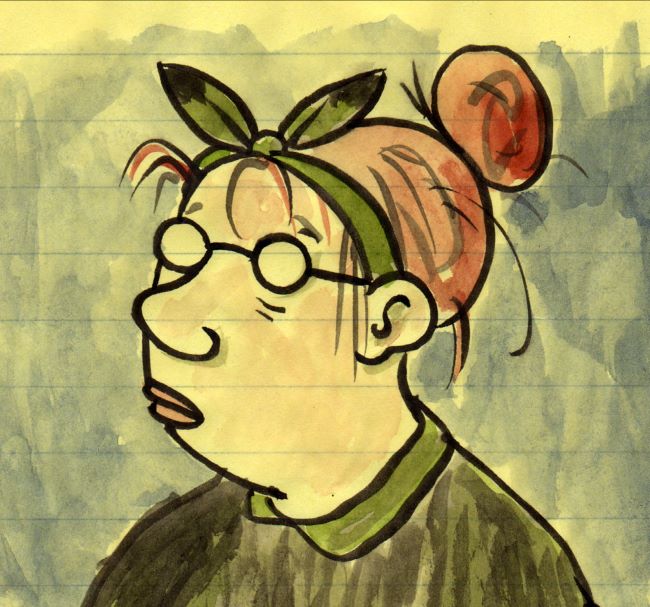 Lynda Barry by Lynda Barry
Lynda Barry by Lynda Barry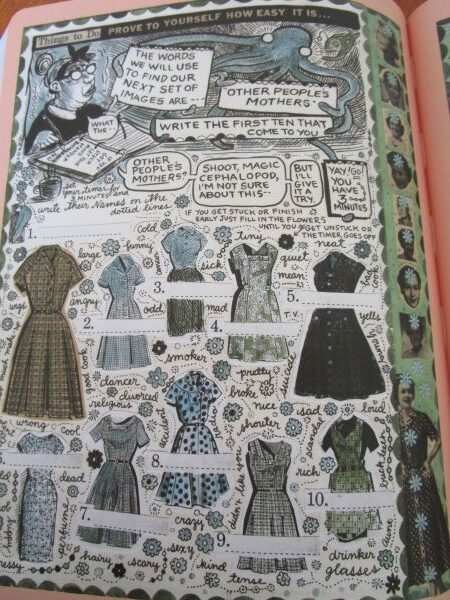 I love Barry’s down-to-earth approach. All her words and images are an invitation to explore a burning question. There just may be some further insight particularly, through the images chosen.
I love Barry’s down-to-earth approach. All her words and images are an invitation to explore a burning question. There just may be some further insight particularly, through the images chosen.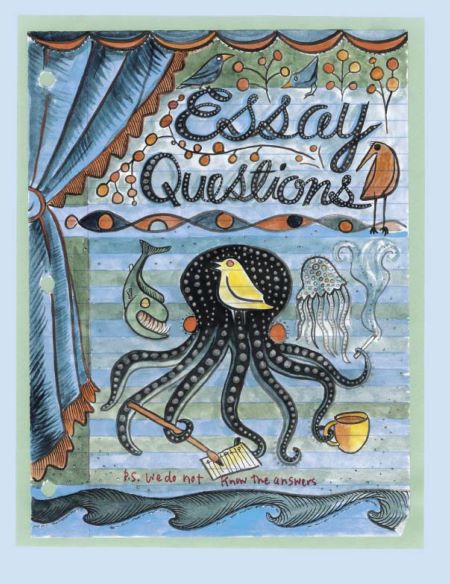 “Start with an image” is one of the pieces of advice written on the drawing of an octopus with blue eyes. Actually, it’s a “magic cephalopod.”
“Start with an image” is one of the pieces of advice written on the drawing of an octopus with blue eyes. Actually, it’s a “magic cephalopod.”